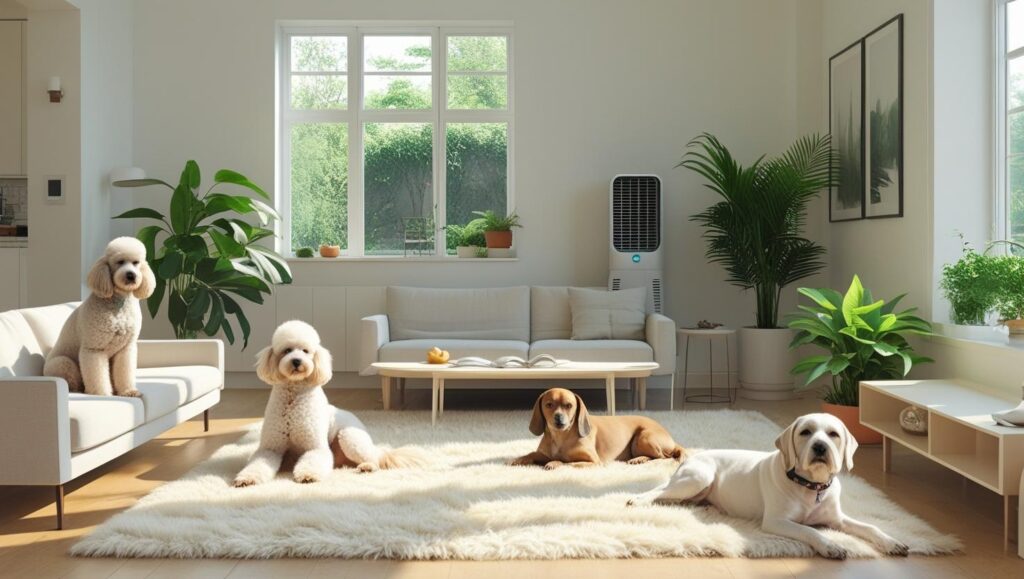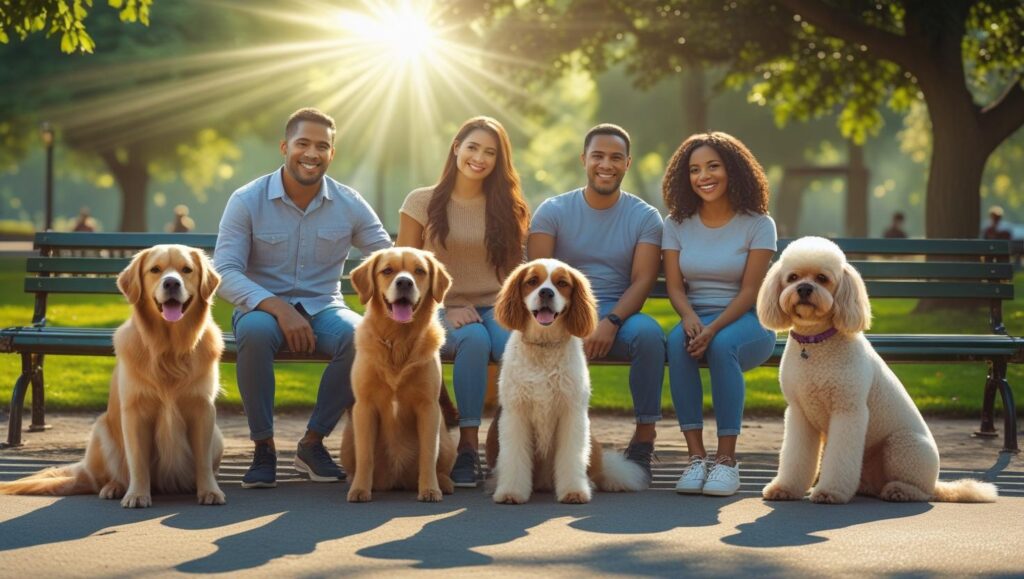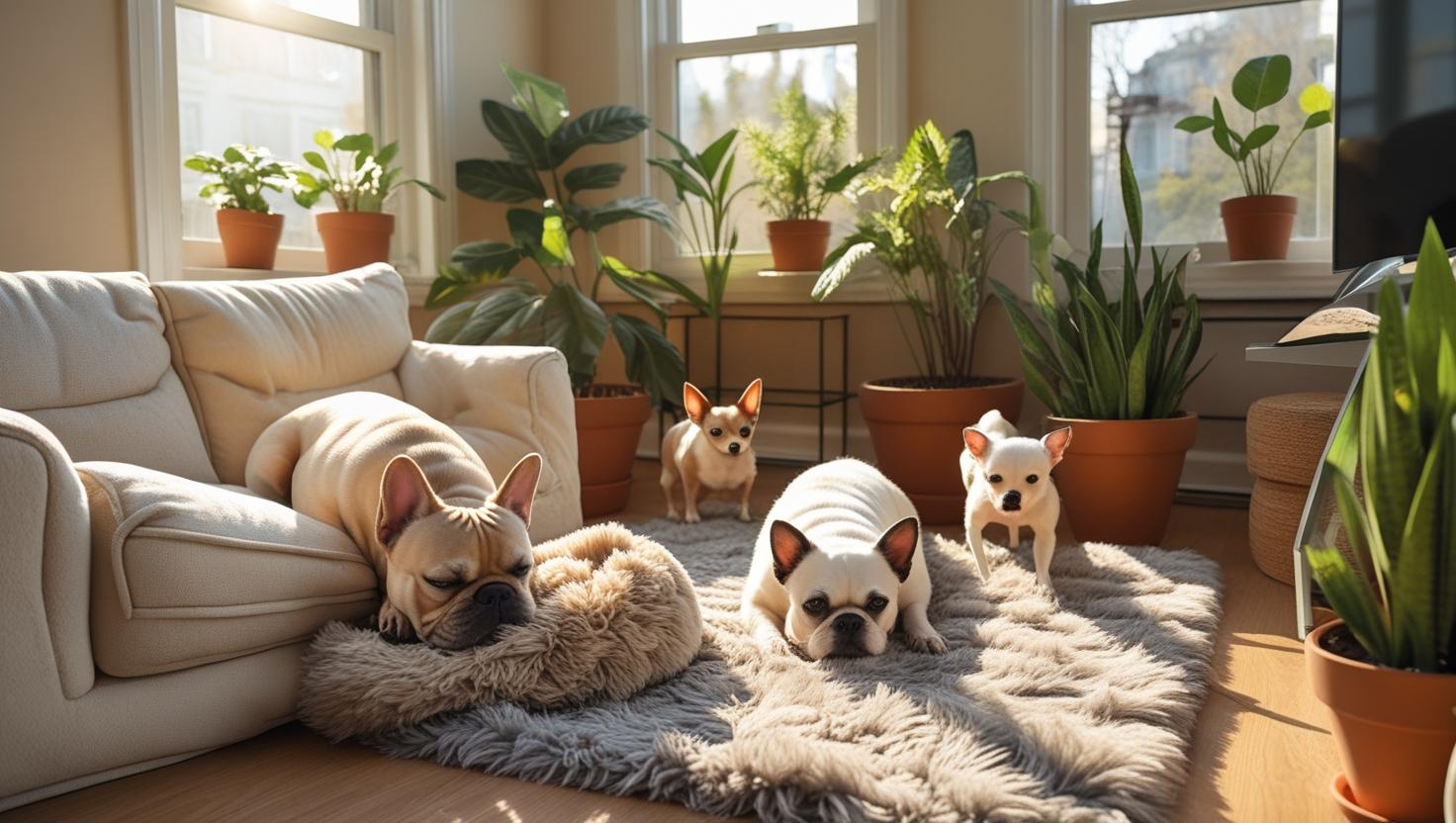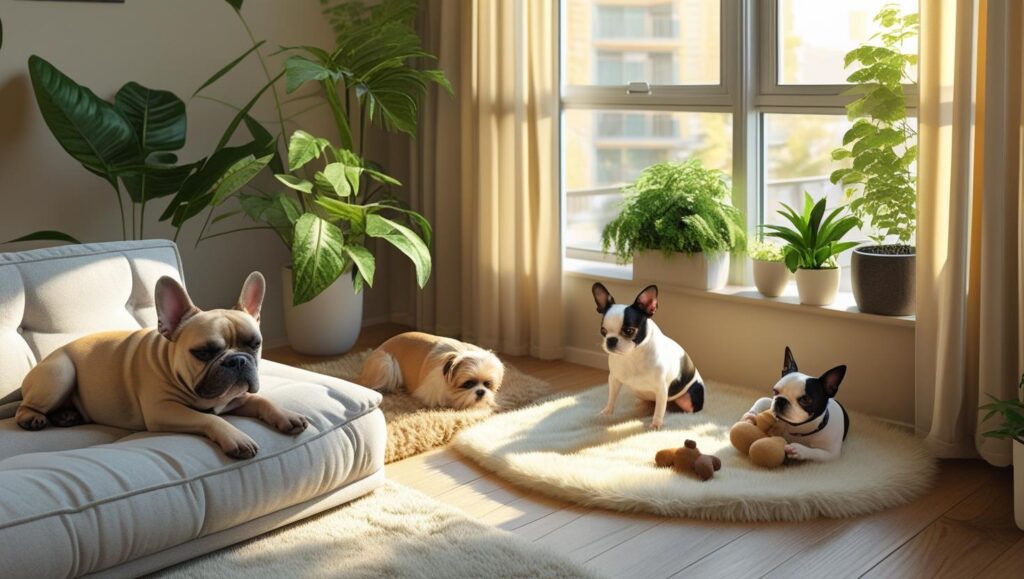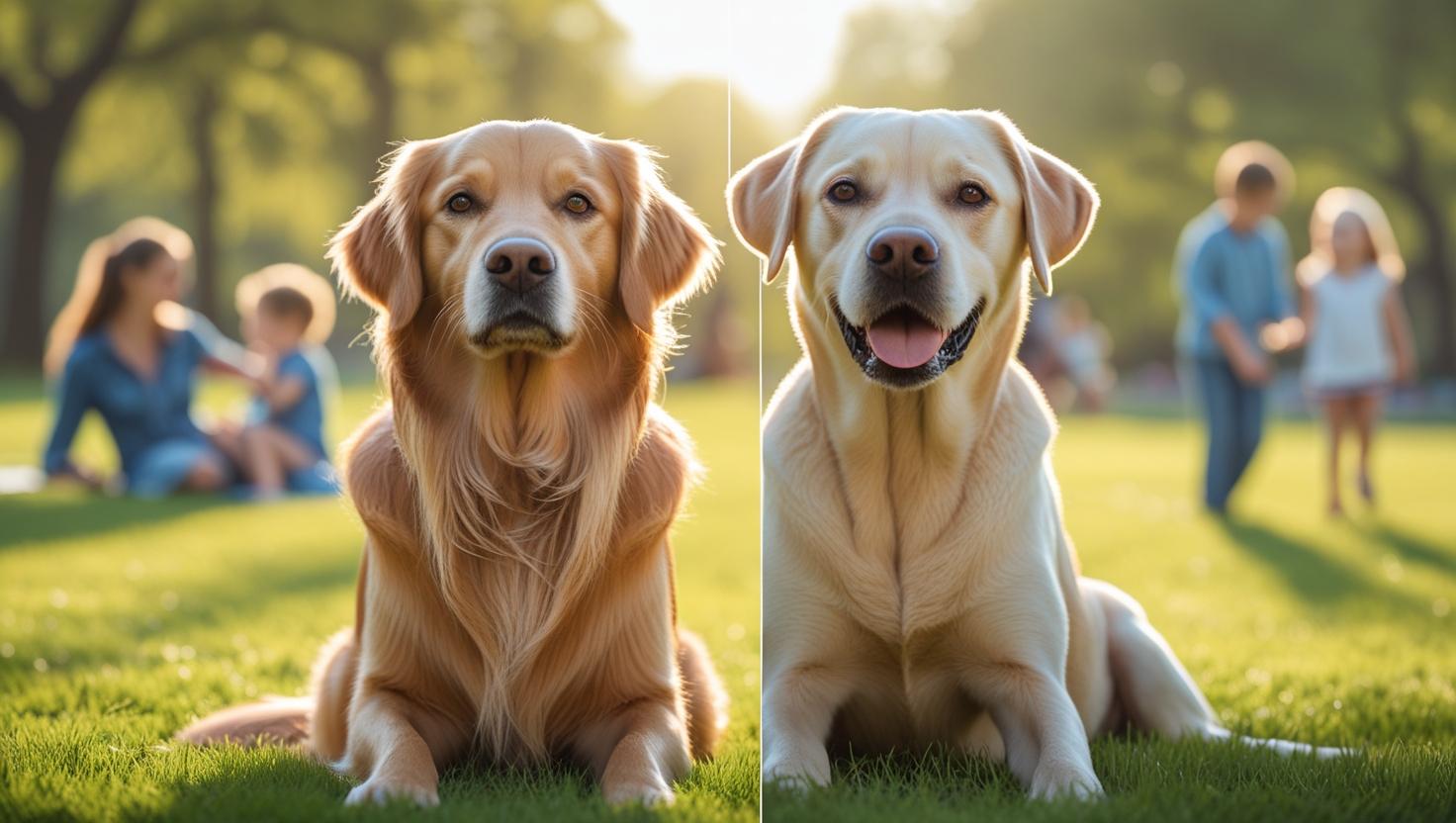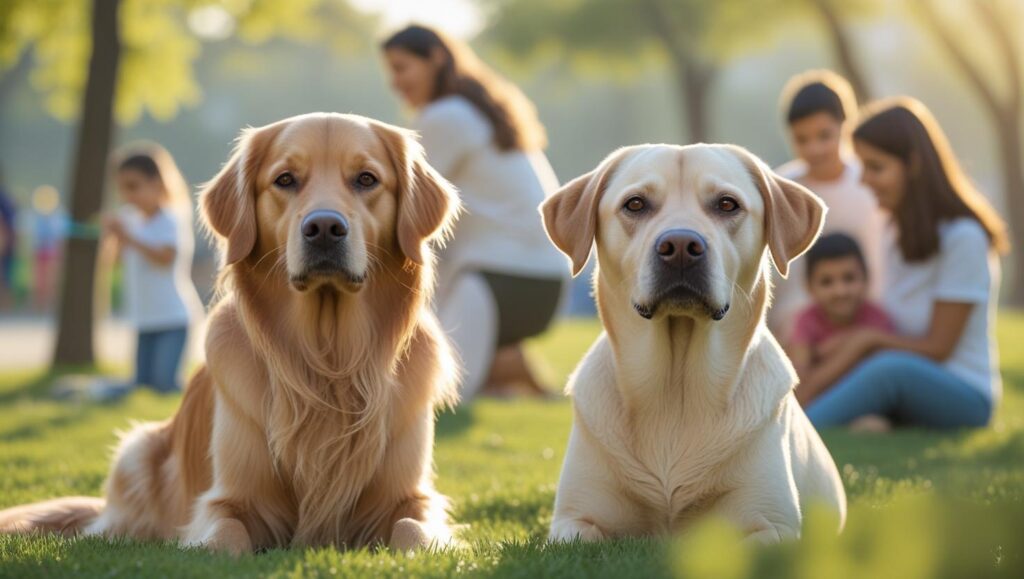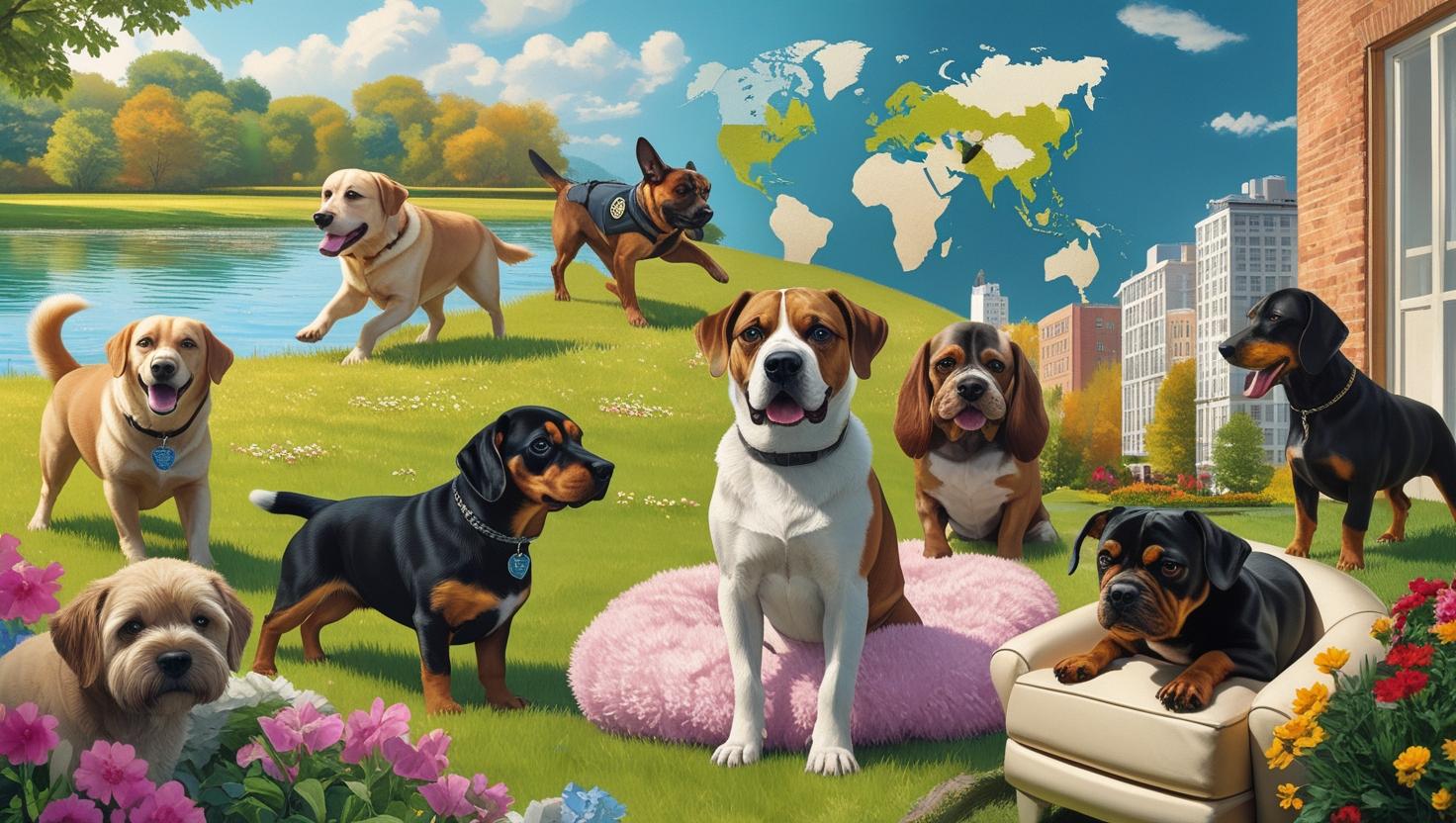Understanding canine intelligence goes far beyond just tricks and obedience. In this article, we explore Most Intelligent Dog Breeds Ranked, based on expert research, including Stanley Coren’s landmark studies, and real-world performance in training, work, and cognition. From Border Collies to Papillons, this guide helps you appreciate how different smart breeds vary in temperament, learning style, and mental needs.
How Dog Intelligence Is Measured

Dog intelligence is often categorized by Dr. Stanley Coren into three types:
- Working & Obedience Intelligence – ability to learn and obey commands.
- Adaptive Intelligence – ability to solve problems independently.
- Instinctive Intelligence – talents rooted in the breed’s original purpose (e.g. herding, retrieving).
Dr. Coren’s studies surveyed hundreds of obedience judges and formed the basis for ranking over 100 breeds by trainability and reliability The Spruce Pets+8Reddit+8Wikipedia+8Science Focus+1Wikipedia+1What’s My Dog BreedWikipedia.
Top 7 Most Intelligent Dog Breeds Ranked
1. Border Collie – The Top-Ranked Working Genius
These herding dogs are widely recognized as the smartest breed. They grasp new commands within five repetitions and obey on the first try up to 95 % of the time Architectural Digest+4iPetprints+4Purina South Africa+4. Famous border collies like Chaser or Betsy have demonstrated the ability to learn hundreds of words and solve complex cues What’s My Dog Breed+3Wikipedia+3Purina South Africa+3. Known for unstoppable focus and athleticism, however they need daily mental engagement to prevent boredom-inflicted mischief The Sun+1Parade Pets+1.
2. Poodle (Standard, Miniature & Toy) – Elegant and Smart
Poodles rank second across multiple expert lists. Originally bred as water retrievers, they excel in obedience, agility, and service tasks. Every size boasts high working intelligence and adaptability to training The Times of India+15Critter Nets+15What’s My Dog Breed+15.
3. German Shepherd – Versatile Protector
Placed third in Coren’s rankings, German Shepherds are prized for their problem-solving skills, courage, and trainability. Commonly employed in law enforcement, service roles, and rescue missions Critter NetsPetMD.
4. Golden Retriever – Friendly, Loving, Smart
A family favorite, Golden Retrievers also excel in learning complex tasks. They’re emotionally attuned, eager to please, and often employed in therapy and assistance roles Purina+8Critter Nets+8PetMD+8.
5. Doberman Pinscher – Protective and Sharp
Dobermans rank 5th – highly alert, obedient, and intelligent. They learn quickly and thrive in structured training, especially in protection or service roles iPetprintsWikipediaCritter Nets.
6. Shetland Sheepdog (Sheltie) – Little Dog with Big Brain
Full of energy, Shelties rapidly learn commands and excel in agility, obedience, and herding competitions. Many learn new commands in fewer than five repetitions PetMD+8iPetprints+8Critter Nets+8.
7. Labrador Retriever – Eager-to-Please and Trainable
Labs stand out for their high adaptive intelligence, friendliness, and service versatility. While some tests showed lower scores in inhibitory control, experts clarify that Labrador intelligence remains high in working and obedience contexts Reddit.
Other Highly Intelligent Breeds in the Top 10
- Papillon: Ranked among the smartest toy breeds. Known for agility and mastery of tricks, especially in obedience sports Reddit+2Purina South Africa+2Purina+2.
- Australian Cattle Dog: Energetic herders with strong problem-solving instincts and independent thinking skills iPetprintsParade PetsSouthern Living.
- Rottweiler: Intelligent and dependable, excels in guard work and obedience tasks, showing both strength and mental agility Reddit+15iPetprints+15Critter Nets+15.
Intelligence & Lifestyle Fit: What Each Breed Needs
| Breed | Intelligence Type | Ideal Owner Traits | Training & Stimulation Needs |
| Border Collie | Working + Adaptive | Very active, experienced | Very high—mental and physical stimulation |
| Poodle (all sizes) | Working + Adaptive | Interactive, consistent | Requires grooming and varied tasks |
| German Shepherd | Working + Adaptive | Structured, dedicated | Regular obedience & mental enrichment |
| Golden Retriever | Adaptive + Emotional | Friendly, patient | Balanced play, socialization, training |
| Doberman Pinscher | Working Intelligence | Protective, structured | Consistent leadership, task-based interaction |
| Shetland Sheepdog | Working Intelligence | Energetic, patient | Regular training and agility routines |
| Labrador Retriever | Adaptive Intelligence | Social, adaptable | Obedience & service-type tasks |
Why Dog “Genius” Requires More Than Just Commands
Highly intelligent breeds often need purposeful outlets. Without proper jobs or stimulation, many may develop behavioral issues—such as a Border Collie that “wreaks havoc” when understimulated What’s My Dog Breed+2Architectural Digest+2PetMD+2The Spruce PetsWikipedia+15The Sun+15Critter Nets+15Critter Nets. Golden Retrievers and Labs benefit from enrichment that taps into emotional learning and scent recognition, while Poodles thrive on complex routines and interaction.
FAQs: Most Intelligent Dog Breeds Ranked
Q1: Which breed learns new commands fastest?
Border Collies lead, often understanding a new command within five repetitions and obeying on the first try up to 95 % of the time Purina South AfricaiPetprints.
Q2: Are smart dog breeds good for first-time owners?
Not always. Intelligent breeds like Border Collies and German Shepherds need experienced handling and consistent stimulation. Intermediate breeds like Golden Retrievers or Labradors may suit beginners better.
Q3: Is Labrador really intelligent if they scored low on some tests?
Yes. Some tests reflect specific types of cognitive control. Labradors shine in working and service roles and consistently rank among Coren’s top seven breeds Wikipedia+3Reddit+3Reddit+3.
Q4: Do smaller breeds like Papillons count as smart?
Absolutely. Papillons regularly rank highly in obedience and agility competitions, outperforming many larger breeds Purina South Africa+1Purina+1.
Q5: What intelligence categories matter most?
Most rankings focus on working/obedience intelligence, but adaptive intelligence is also important—how well a breed solves problems on its own.
Final Thoughts
Ranking the most intelligent dog breeds reveals not just their ability to learn—but how they think, adapt, and interact with humans. From the laser-focused Border Collie to the loyal Golden Retriever, each breed shines in different areas.
Pick based on your lifestyle: high activity level? Border Collie. Friendly companion? Labrador or Golden. Prefer small but smart? Consider a Papillon.


